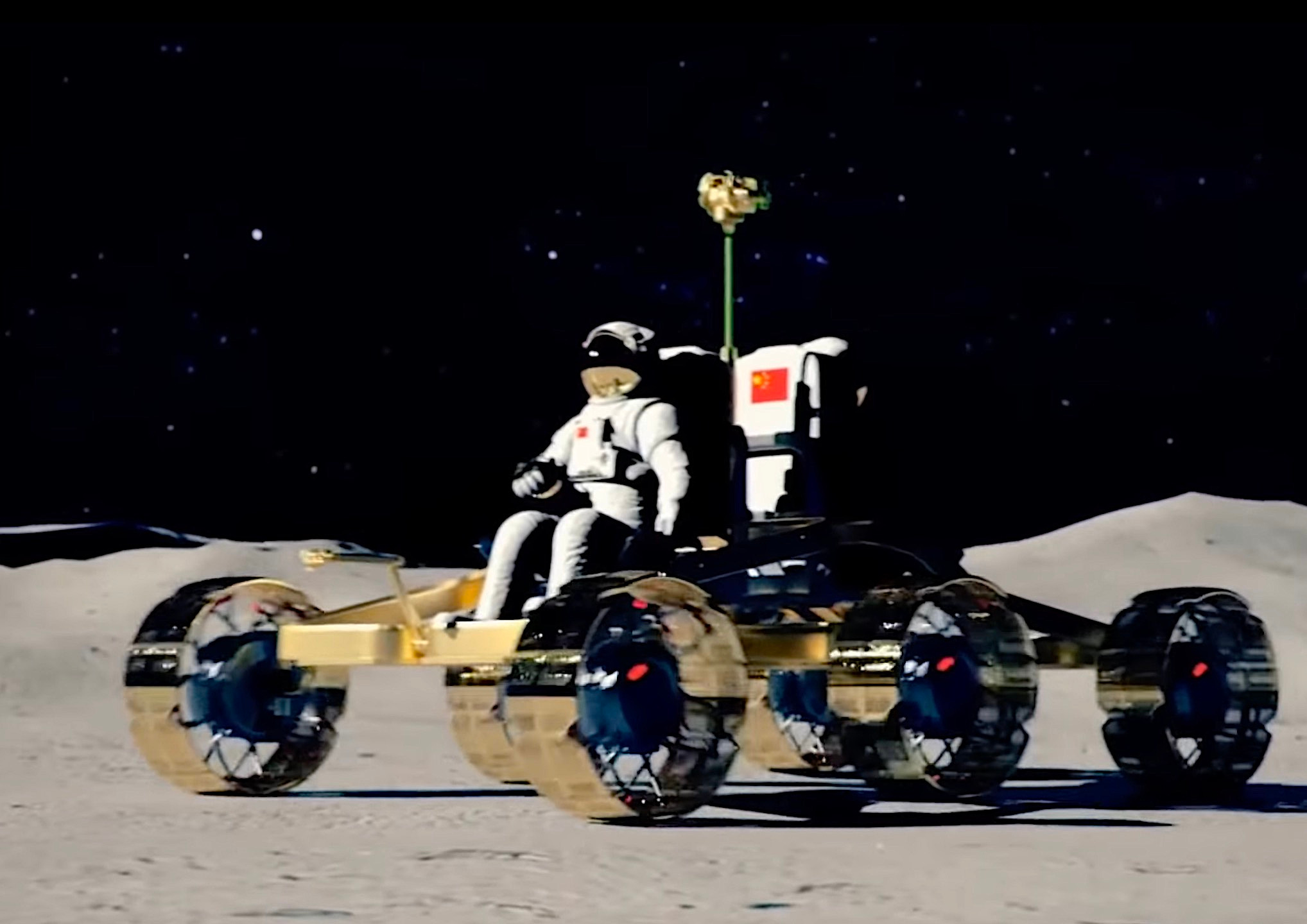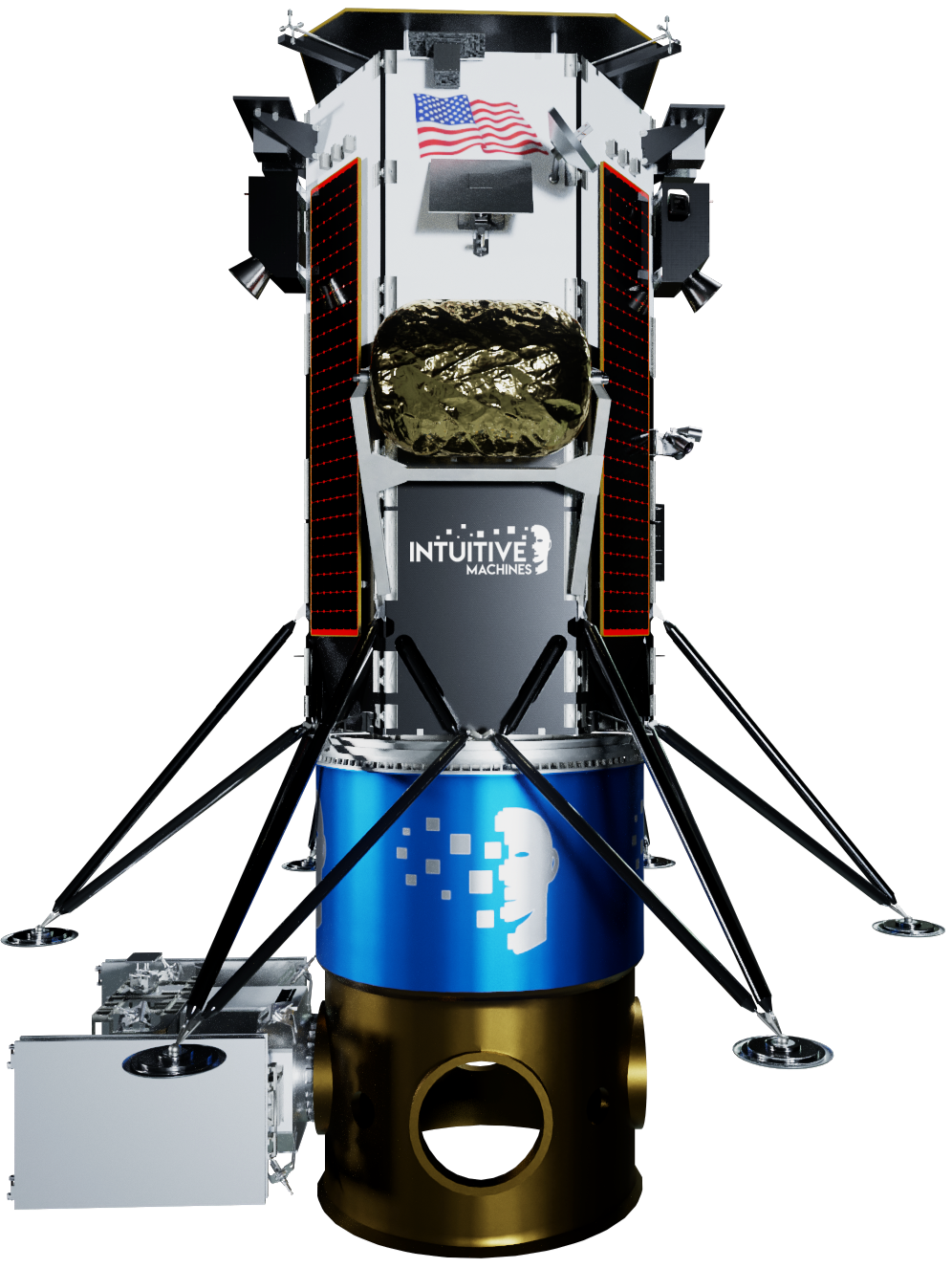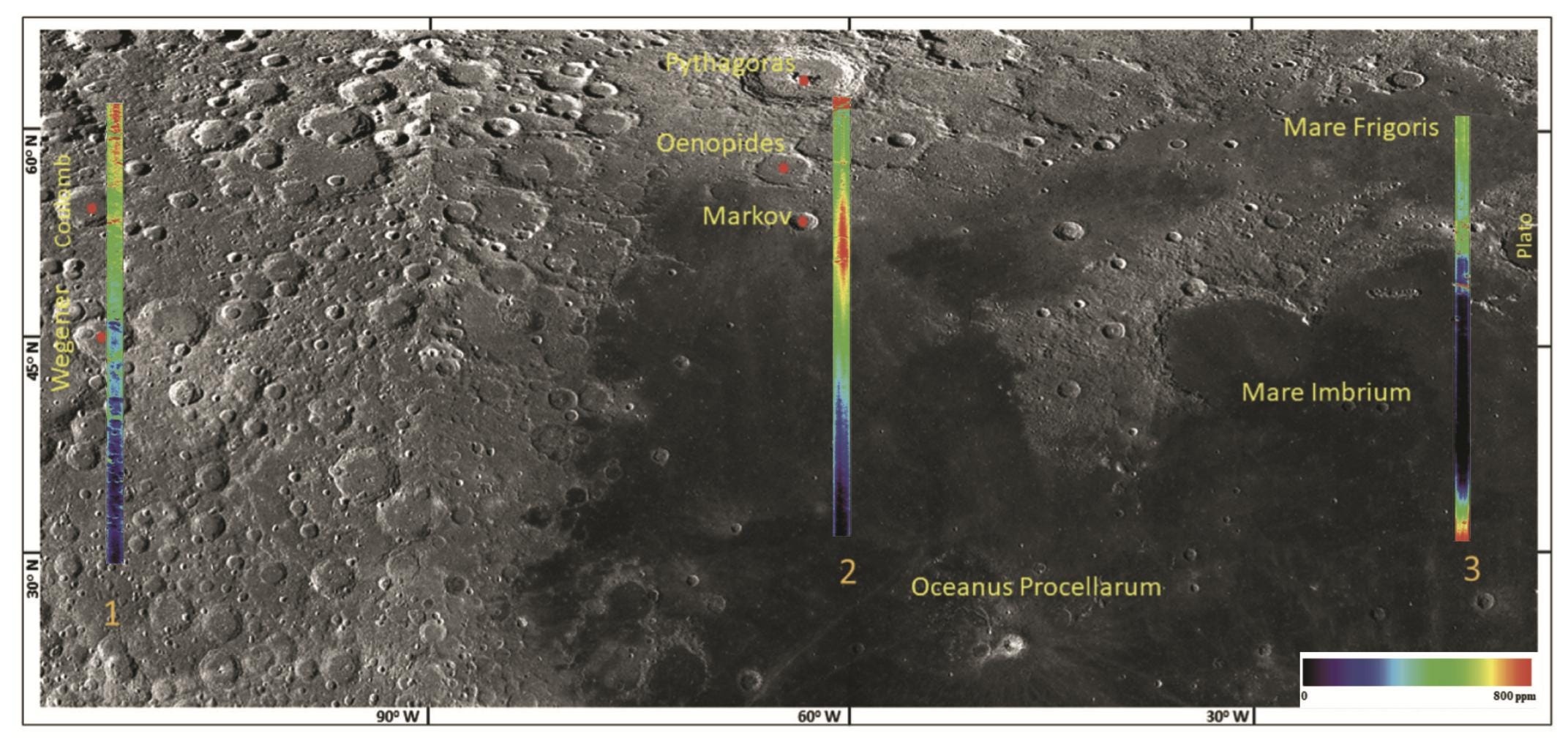Moon Monday Issue #40
China to land humans on the Moon, NASA's first Artemis crewed landing delayed, India's Chandrayaan 2 orbiter finds unambiguous signs of water in the Moon's sunlit areas, and more lunar developments.
Highlight
Researchers supporting one of China’s primary spacecraft makers have announced they are working on a lander for crewed Moon missions. The Chinese language announcement references a Xi Jinping speech but doesn’t quote Xi as announcing a national plan to send Chinese astronauts to the Moon. Previously, China had hinted about their crewed lunar exploration desires as part of the joint Chinese-Russian long-term scientific base on the Moon—the International Lunar Research Station (ILRS). As per its document, exploratory and long-term human missions there will start in 2036, after nearly 15 years of building the automated robotic base via uncrewed missions. Although it’s conceivable that China could send astronauts on trips around the Moon much before that.

China and Russia are expected to release a legal framework by the end of the year with more details on the scientific base, and exactly how interested partners, countries, and organizations can participate in the same. China will also release a white paper later this year detailing their priorities for the next 5 years, which could provide more details on their crewed lunar exploration plans.
Exploration
As NASA nears assembling the full SLS rocket for its first flight later this year or early next to send an uncrewed Orion spacecraft to the Moon, the agency has installed the rocket’s flight software on August 6 that will help steer, track, and guide its flight. NASA will now test more than 300,000 different simulated mission scenarios to certify the flight software, with more tests planned after the rocket is fully assembled. Interestingly, the SLS software needs to be tested and certified for each launch window, which NASA says is so they can account for weather and other factors on launch day, and adjust the software accordingly to enhance mission success.
Intuitive Machines announced its third Moon landing mission, IM-3, which will launch in Q1 2024 following the first two missions, IM-1 and IM-2, in 2022. All missions will launch on a SpaceX Falcon 9 rocket, with each Intuitive Machines’ lander carrying over 100 kilograms of payloads to the lunar surface. However, on the third mission, the lander can carry a 1,000 more kilograms of payloads on an attached dispenser ring. These attached spacecraft will be deployed in a lunar transfer orbit from where they can enter lunar orbit by themselves, redirect to other nearby orbits, or depart further out in the solar system. Notably, unlike the first two missions, Intuitive Machines’ third one isn’t (yet?) part of NASA’s CLPS program, wherein the agency buys commercial rides to the Moon for their scientific instruments.

NASA Artemis program’s first human lunar landing mission, Artemis III, has been delayed from late 2024 to at least April 2025. After a thorough investigation, NASA’s Office of Inspector General concluded in its report released on August 10 that the next-generation xEMU spacesuits to be used on the mission will not be ready in time, even for astronaut training! The delay is due to lack of funding, COVID-19 impacts, and technical challenges, all despite the 14 years NASA has already spent developing the suits.
The report adds that delays with the SLS rocket and Orion spacecraft, and the legal holdback of SpaceX's crewed landing contract due to protests by Blue Origin and Dynetics “also preclude a 2024 landing.” The report recommends NASA to formulate a better schedule that accommodates all such delays. NASA concurred with the recommendations and said will address the issues. Related: The full-but-redacted document of the denial of protests against SpaceX’s selection is now available; SpaceNews has a good summary including information about the payment details for the first year.
To meet the communication needs of the anticipated growing number of Artemis-related Moon missions in the next decade, and to reduce load on the Deep Space Network, NASA will build 3 new ground stations on Earth. These Lunar Exploration Ground Sites (LEGS) will each provide high-data-rate radio communications to multiple lunar missions at once, and serve the crewed NASA-led Gateway lunar orbiting station and Artemis human landings. The first station will be at NASA’s White Sands Complex in New Mexico, and the other two—which might be developed by the private sector—somewhere in Europe/Africa and the Pacific to keep the Moon in view at all times. NASA expects LEGS to be ready beginning with Artemis III.
Science
India’s Chandrayaan 2 orbiter has detected both water (H2O) and hydroxyl (OH) molecules in 3 different areas on the Moon, across a wide range of latitudes (between 30-60° N) in sunlit regions, per a paper published in the latest issue of Current Science. Chandrayaan 2’s indigenous infrared spectrometer has about twice the sensitivity and range than the famous NASA-provided M3 infrared spectrometer on Chandrayaan 1 best known for its discovery of water on the Moon. This new finding is helping us understand how water is produced and transported across the lunar surface, crucial to learning about our Moon’s evolution and resource potential.

This new result is the most unambiguous detection of water and hydroxyl in sunlit regions of the Moon. While M3 saw hints of the same, it couldn’t easily distinguish between the two molecules due to its limited spectral range. The airborne SOFIA telescope could, and thus confirmed the presence of water in sunlit regions of the Moon. Now Chandrayaan 2’s orbiter is pushing this discovery forward since it can use finer spectral data from lunar orbit to better apply thermal corrections—such as taking into account better temperature measurements—and achieve a better signal-to-noise ratio than SOFIA, which needs to worry about false positives due to water in Earth’s atmosphere. The Chandrayaan 2 orbiter’s infrared spectrometer is mapping almost the entire Moon’s surface as we speak, with an ISRO source telling me that it’s about 80% done at this point.
ESA is progressing on its high-power microwave system to heat lunar soil and use it to build habitats, mechanical parts, and other such things directly on the Moon without having to drag infrastructure out of Earth every time. Heating lunar soil can also produce oxygen, which could be used in life-support systems or to refuel rockets. ESA’s system uses an antenna-like applicator to heat or melt only targeted areas of a lunar soil sample, leveraging which it soon hopes to demonstrate printing custom shapes, a first step towards building tools of lunar origin. The promising system is in early stage development, and it will be a while before it takes off for the Moon.
More Moon
If you, or more likely someone you know, wanted an overview of places on the Moon visited by Apollo astronauts, my latest article introduces the geology of each site and science learnt from visiting them.
I’ve also updated my curated Moon page to include this story and other such recent ones, check it out!
Dear reader, I’m publishing this one-of-a-kind Moon exploration newsletter for free, with no ads. And it will stay that way. If you like my work, your support will help keep it going. Let’s sustain this newsletter as a purely reader-funded one just as we want lunar exploration to sustain itself!
